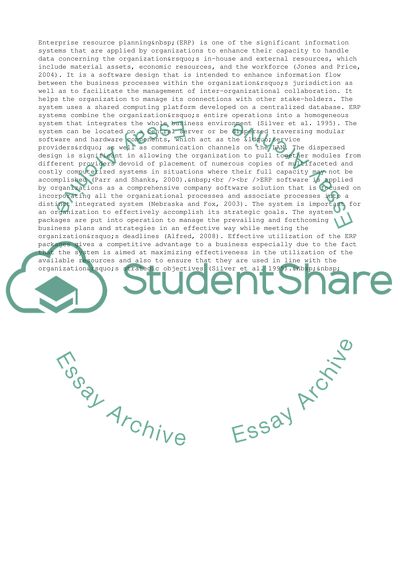Cite this document
(Managing Information for Competitive Advantage Coursework, n.d.)
Managing Information for Competitive Advantage Coursework. https://studentshare.org/management/1738887-managing-information-for-competitive-advantage-information-systems-in-management
Managing Information for Competitive Advantage Coursework. https://studentshare.org/management/1738887-managing-information-for-competitive-advantage-information-systems-in-management
(Managing Information for Competitive Advantage Coursework)
Managing Information for Competitive Advantage Coursework. https://studentshare.org/management/1738887-managing-information-for-competitive-advantage-information-systems-in-management.
Managing Information for Competitive Advantage Coursework. https://studentshare.org/management/1738887-managing-information-for-competitive-advantage-information-systems-in-management.
“Managing Information for Competitive Advantage Coursework”. https://studentshare.org/management/1738887-managing-information-for-competitive-advantage-information-systems-in-management.


